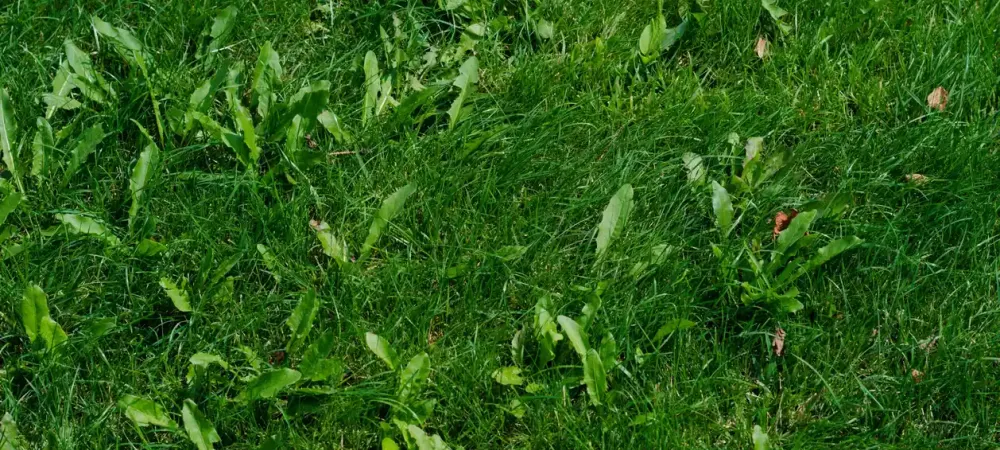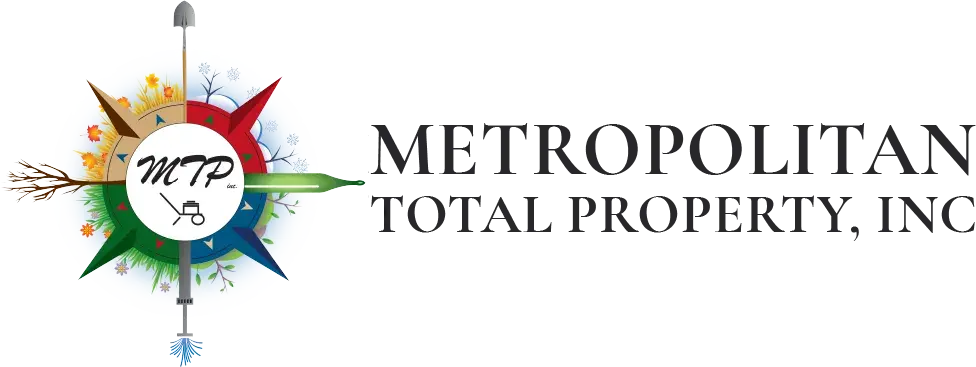Types of Weed Control Used in Colorado

Weed control is a crucial aspect of maintaining a healthy and attractive landscape, especially in Colorado, where the climate and terrain can make weed management challenging. There are various methods that can be used to control weeds, each with its own advantages and limitations. In this article, we will explore some of the most common types of weed control used in Colorado, from cultural and mechanical methods to chemical herbicides.
Selective Herbicide Fertilizer
Selective herbicide fertilizers are a powerful tool for managing weeds in parks and open space areas. These fertilizers are specifically designed to target and control unwanted plant species while promoting the growth of desired vegetation. By selectively targeting and suppressing the growth of weeds, these fertilizers help maintain the aesthetics and functionality of the parks and open spaces.
The usage of selective herbicide fertilizers is highly beneficial for several reasons. Firstly, they allow for effective weed control without causing harm to desired plants. This is achieved through the use of specific herbicides that are formulated to target particular weed species while sparing desirable vegetation. Additionally, selective herbicide fertilizers provide the advantage of long-lasting control, preventing weed regrowth and reducing the need for repeated applications.
In parks and open space areas, selective herbicide fertilizers can be used in a variety of ways. They can be applied as spot treatments to control individual weeds without affecting the surrounding vegetation. Alternatively, they can be applied uniformly across an entire area to control a wide range of weed species. The specific application method depends on the nature and extent of the weed problem.
Using selective herbicide fertilizers as part of a sustainable weed management strategy is essential. The targeted control they provide minimizes the use of excessive herbicides, reducing the potential negative impact on the environment. By selectively suppressing weeds, these fertilizers allow desirable plants to thrive, contributing to the overall health and biodiversity of the parks and open spaces. Additionally, efficient weed control helps conserve water and nutrients, optimizing their use for the growth and vitality of desired vegetation.
Non-Selective Herbicide Fertilizer
Non-selective herbicide fertilizer plays a crucial role in the City's Integrated Pest Management (IPM) Plan, providing numerous benefits for the environment, sustainability, visitor safety, water quality, and the protection of endangered or threatened species.
Firstly, non-selective herbicide fertilizer is effective in combating invasive weeds and unwanted vegetation. By using this fertilizer, the City can efficiently eliminate these harmful plants, preventing them from outcompeting native species and causing ecological imbalances. This promotes the overall health and biodiversity of the ecosystem, aligning with the goals of the City's Sustainability Plan.
Moreover, the use of non-selective herbicide fertilizer as part of the IPM Plan ensures visitor safety. It helps maintain well-manicured public spaces, reducing the risk of slips, trips, and falls caused by overgrown vegetation. Additionally, it prevents allergic reactions or injuries that invasive plant species may cause to visitors.
Another significant advantage of non-selective herbicide fertilizer is its positive impact on water quality. By controlling invasive plants, it reduces the runoff of excess nutrients, sediment, and chemicals into water bodies. This helps protect the water quality in rivers, lakes, and streams, preserving aquatic ecosystems and ensuring a safe and healthy water supply for both humans and wildlife.
Furthermore, the City's Integrated Pest Management Plan prioritizes the protection of endangered or threatened species. Non-selective herbicide fertilizer allows for targeted treatment of invasive species while minimizing harm to non-target plants and wildlife, ensuring the conservation of endangered or threatened species.
Pre-Emergent Weed Control
Pre-emergent weed control serves the purpose of preventing weed growth by targeting weeds before they have a chance to emerge from the soil. It functions by creating a barrier in the soil that inhibits weed seeds from germinating and establishing themselves. This preventive measure is commonly used in agriculture, horticulture, and lawn care to maintain weed-free environments.
The main difference between pre-emergent and post-emergent herbicides lies in their timing and mode of action. Pre-emergent herbicides are applied before the weed seeds germinate, creating a barrier that stops their growth. These herbicides primarily target the weed seeds and young seedlings, preventing them from reaching maturity. They are most effective when applied before the target weed species emerges from the soil.
The respective uses of pre-emergent and post-emergent herbicides depend on the specific situation and desired outcome. Pre-emergent herbicides are commonly used in preventative weed control strategies to stop weed seeds from germinating and establishing.
Post-Emergent Weed Control
Post-emergent weed control refers to the methods and products used to target and eliminate actively growing weeds in gardens, lawns, and agricultural fields. One of the most common products used for post-emergent weed control is herbicides.
Post-emergent herbicides are specifically designed to address actively growing weeds. They are formulated with chemicals that are effective in killing or inhibiting the growth of weeds that have already emerged from the ground. These herbicides work by targeting specific enzymes or proteins in the plants, disrupting their normal functions and ultimately leading to their death.
There are two types of post-emergent herbicides: selective and non-selective. Selective herbicides target specific types of weeds while leaving the desired plants unharmed. These herbicides are particularly useful in situations where the goal is to control specific weed species while allowing the desired plants to thrive. Non-selective herbicides, on the other hand, kill all plants they come into contact with, including both weeds and desired plants. They are typically used in areas where no vegetation is desired, such as driveways or sidewalks.
Common post-emergent herbicides include glyphosate, 2,4-D, and dicamba. These products are available in various formulations such as liquids, granules, or ready-to-use sprays. It is important to carefully read and follow the instructions provided by the manufacturer to ensure safe and effective application.
Hand Pulling / Hoeing
Hand pulling and hoeing are effective manual methods for removing weeds from gardens and landscapes. These techniques are cost-effective, environmentally friendly, and provide immediate results.
When hand pulling weeds, it is essential to grasp the plant as close to the base as possible to ensure complete removal, including the roots. The best time for hand pulling is when the soil is moist, such as after rainfall or watering, as it makes it easier to extract the entire plant. It is recommended to wear gloves to protect hands from prickly or thorny weeds.
For larger or more stubborn weeds, a hoe can be used. A hoe is a flat-bladed tool used to cut or scrape weeds at or just below the soil surface. Different types of hoes are available, such as the traditional flat hoe, draw hoe, scuffle hoe, and collinear hoe, each designed for specific weed types and soil conditions.
For shallow-rooted annual weed seedlings, a hand cultivator, also known as a fork hoe, can be very effective. This tool has long, pointed tines that are used to loosen the soil and uproot weeds.
When hoeing, it is crucial to work with a fluid and controlled motion. Start at the base of the weed, slide the hoe blade under the soil surface, and push or pull to sever the weed from its roots.
Overall, hand pulling and hoeing are labor-intensive methods but can be extremely effective in maintaining weed-free gardens and landscapes. By using the right techniques and selecting the appropriate tools, gardeners can ensure efficient weed removal and promote healthy plant growth.
Save Yourself the Hassel of Weed Control by Hiring Metropolitan Total Property
If the thought of tackling weed control on your own seems overwhelming, consider hiring a professional landscaping company like Metropolitan Total Property to handle the job for you. With years of experience and expertise in weed control, our team can efficiently and effectively rid your property of unwanted weeds, leaving you with a beautiful and pristine landscape. Contact us today!
